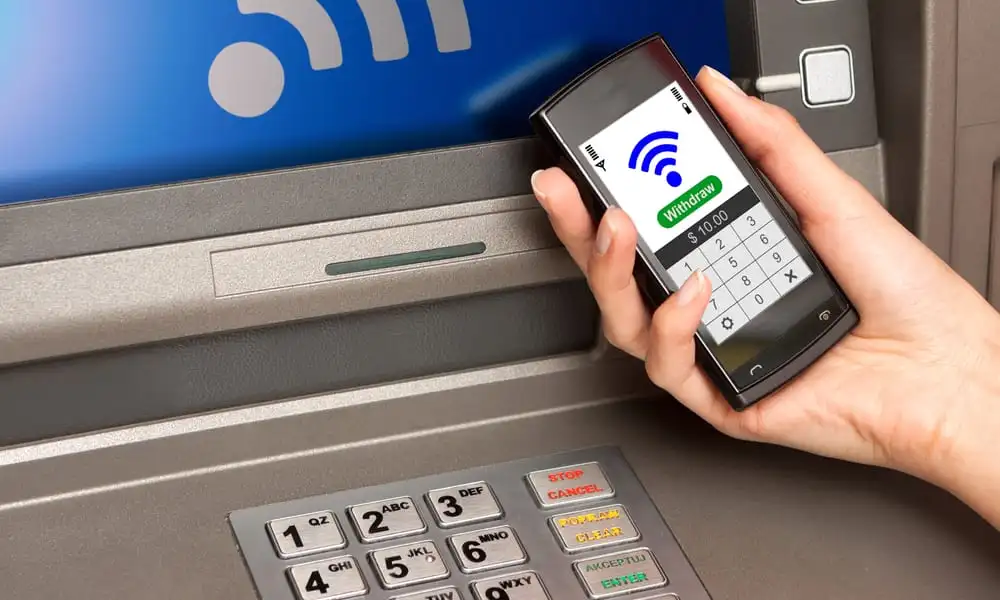Financial technology continues to evolve through innovations that bring banking services closer to people. Small portable transaction machines represent an advancement that has changed how cash withdrawal services operate outside traditional banking halls. These compact devices are convenient alternatives when standard machines are inaccessible or impractical.
These compact devices function similarly to their larger counterparts but in a more portable format. They connect to payment processing networks via cellular or the internet, allowing cash withdrawals, deposits, and account balance inquiries. Their reduced size permits placement in locations where conventional machines would be impractical due to space limitations or infrastructure requirements.
Practical applications in various settings
The versatility of these portable financial machines makes them suitable for numerous environments:
Temporary events
- Festivals and concerts
- Trade shows and exhibitions
- Charity fundraisers
Small business locations
- Neighborhood stores
- Rural shops
- Market stalls
This adaptability addresses cash access needs where permanent installation proves unnecessary or financially unfeasible.
Benefits for different users
These machines generate foot traffic for merchants while creating additional revenue streams through transaction fees. Customers appreciate the convenience of accessing funds without travelling to banking centres. Community organizations value these units during fundraising events by facilitating donations and purchases when cash availability might otherwise limit participation.
Important considerations when selecting options
When evaluating options, several factors deserve attention. Transaction fees vary considerably among providers, directly affecting profitability for merchants and costs for customers. According to mini mobile atm reviews from actual business owners, connectivity reliability ranks among the top concerns, as areas with unstable internet connections may experience service interruptions. Proper research before committing ensures appropriate equipment selection for specific operational needs.

Setup process basics
Implementation typically begins with application submission to a processing agent. Most units feature user-friendly interfaces requiring minimal technical knowledge for configuration. Maintenance schedules depend on usage volume but generally involve basic cleaning and occasional software updates.
Operational requirements and maintenance
Daily operations remain straightforward, powering the unit, ensuring connectivity, and maintaining sufficient cash reserves. Periodic system updates improve security features and operational efficiency. Physical security measures protect cash contents and customer information, particularly important during transportation between locations.
Customer feedback and reliability assessment
User satisfaction typically correlates with machine reliability and fee transparency. Many mini mobile atm reviews highlight the importance of responsive customer support when technical issues arise. The equipment’s durability in various environmental conditions affects long-term value, with humidity-resistant models performing better outdoors. Independent reviews available at https://www.linkedin.com/pulse/mini-mobile-atm-legit-scam-2025-review-nobsimreviews-5sf6e offer additional perspectives on performance metrics across different brands.
Security features worth noting
Modern units incorporate multiple security layers, including encryption protocols for data transmission and physical safeguards against tampering. Biometric authentication options add protection against unauthorized access. Regular security audits identify potential vulnerabilities before exploitation occurs.
Financial considerations for business owners
The investment structure varies from outright purchase to rental arrangements. Return calculations must account for transaction volumes, fee structures, and maintenance expenses. Most business models achieve profitability within 6-12 months, depending on placement strategy and local market conditions.
Enhanced connectivity through 5G networks promises improved reliability in remote locations. Biometric authentication advancements continue strengthening security protocols while simplifying user interaction. As technology advances, these devices will likely incorporate additional features while maintaining their essential benefit: bringing financial services to locations where traditional banking institutions cannot practically operate.
